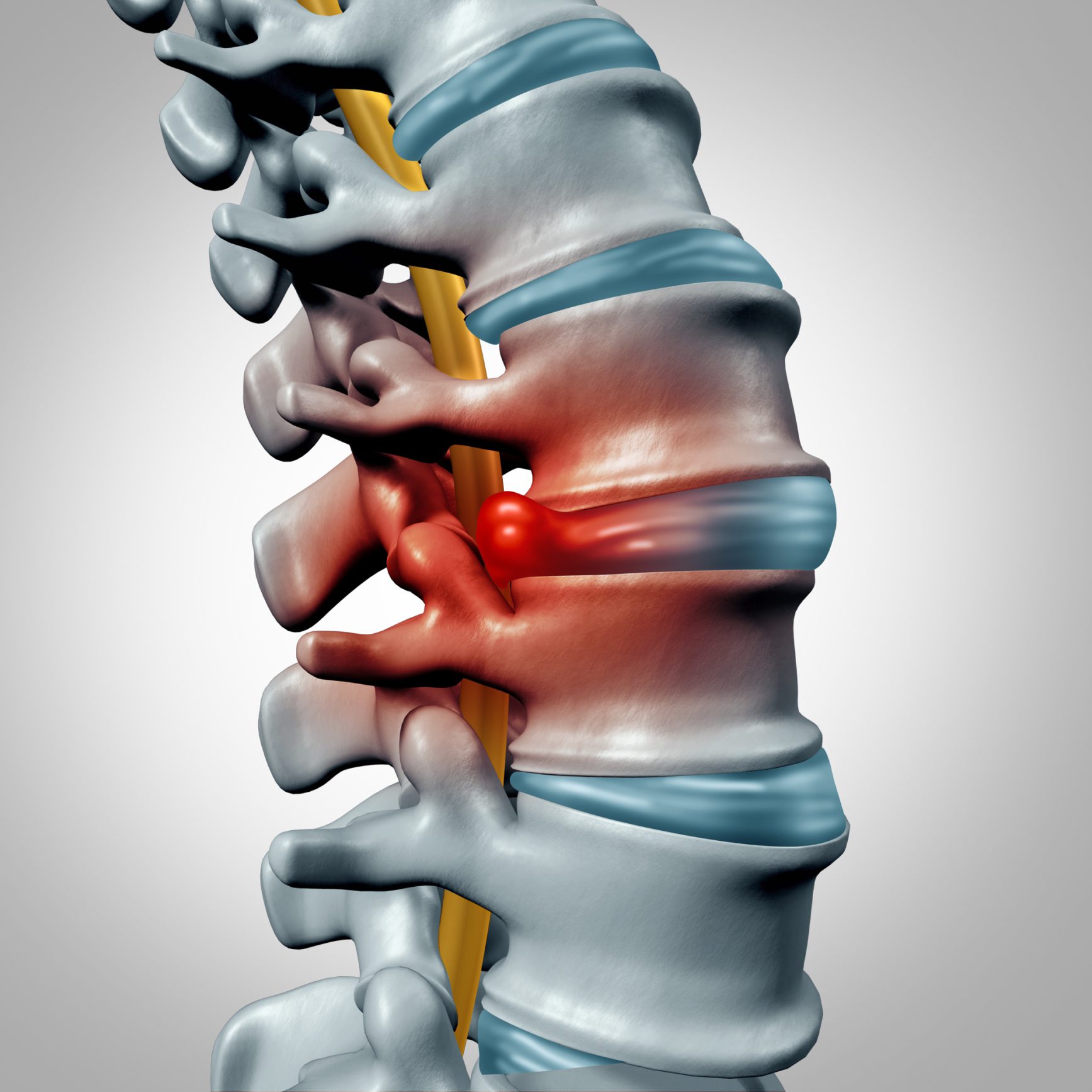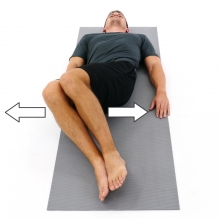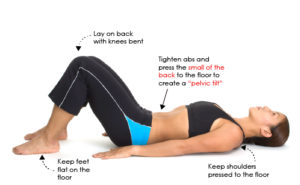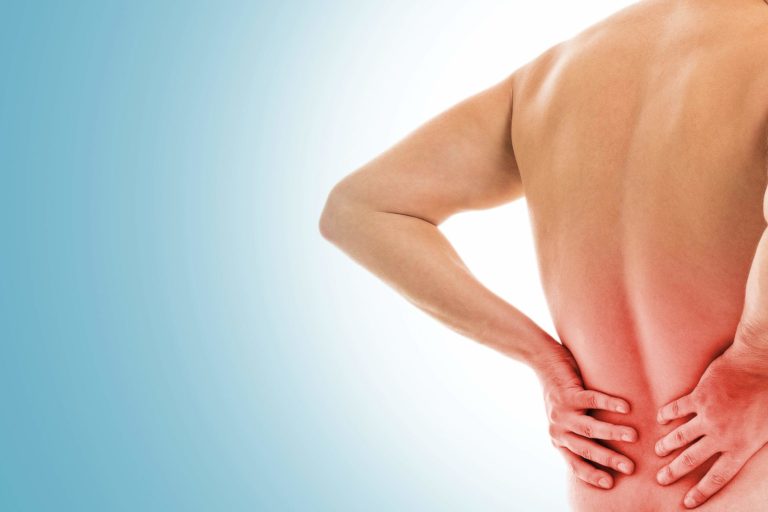Oh what a can of worms I’m opening with this one. For everyone seeing the title and hoping I magically came up with a one-step wonder cure this week….sorry, we’re out of luck! However, the answer to how to fix your back pain isn’t all that complex. What it does take is a willingness to improve and put in the work necessary to get there. 
Now, before I get 100 emails saying that I’ve tried everything and nothing helped, I will answer with this: There is NO bullet proof plan to fix back pain nor will everyone be able to fix the underlying problems. Some people have severe stenosis, disc degeneration, or require surgery, and may not be able to correct their symptoms with traditional treatments.
However, for the vast majority of people out there who suffer from back pain on a daily basis, whether acute or chronic, what tends to be the most viable treatment strategy? It’s actually quite simple: Get mobile and get stronger. Simple 2 step process. I can’t imagine what possibly could go wrong. The secret sauce comes down to finding what is really at the root cause of your pain, and seeing what your body can tolerate and allow you to do to.
 I, nor any other physical therapist, chiropractor, orthopedist, neurosurgeon, personal trainer, or your mom’s friend next door who fixed her own back pain, has one single way to fix all back pain. The reality is that the rationale for why your disc herniation responds better to extension based exercise, but lumbar stenosis and heavy arthritis in the spine does not, makes sense. Pressing on the front part of the spine pushes an already herniated disc back toward the nerve root increasing pain running down your leg. Hence why prone press ups and bridges, which create extension of the back, have a better ability to put pressure on the disc back toward midline and improve the strength to support the posterior, rear, part of the back/spine.
I, nor any other physical therapist, chiropractor, orthopedist, neurosurgeon, personal trainer, or your mom’s friend next door who fixed her own back pain, has one single way to fix all back pain. The reality is that the rationale for why your disc herniation responds better to extension based exercise, but lumbar stenosis and heavy arthritis in the spine does not, makes sense. Pressing on the front part of the spine pushes an already herniated disc back toward the nerve root increasing pain running down your leg. Hence why prone press ups and bridges, which create extension of the back, have a better ability to put pressure on the disc back toward midline and improve the strength to support the posterior, rear, part of the back/spine.
Generally speaking, if your back has an extremely narrowed disc space, stenosis, or arthritis, having you do a bunch of extension exercises like prone press ups will make you a very unhappy person. So understanding what is going on at your spine will allow your clinician to address your needs the right way. In this case, I would generally recommend my patients begin performing exercises to create mobility of their spine. Some simple examples here would be laying on your back with your knees bent and feet on the mat or floor and slowly lowering your knees side to side from left to right. This type of trunk rotation will allow for a mild unloading of your spine and create engagement and deactivation of your muscles.
Another basic exercise here would be doing a posterior pelvic tilt (if you’ve been to my clinic with lumbar degeneration you should know this one like the back of your hand!!). Same position as the last exercise, but this time rock your pelvis back towards the mat or floor. I often times will have a patient place their hand under their lower back in this position and ask them to push their back into the hand to get the proper movement and muscle engagement.
So now that we understand your condition and know the direction that we need to take things, what happens when you walk in Day 1 and can’t move, can barely sit, and no position for laying down feels good? Sometimes, a little TLC can go a long way. Not every problem can be solved right away. In some circumstances you need to utilize soft tissue massage, gentle joint mobilization, or modalities like heat, electric stimulation, or ice to reduce down tissue irritation to allow for some of the basic movements to do their job and be tolerable.
In this day and age where the general public knows how dangerous it can be to jump to high level pain killers, why not get right to work increasing your back’s mobility? It’s extremely important for all of us to understand what can be done to improve our mobility, function, and yes, our pain. There are no quick fixes, but the right work can control your symptoms and often times correct it. Get the right information, get moving, and put the work in to get yourself better.
To make an appointment to have one of our therapists assess what is creating your back pain CLICK HERE
 Kyle Branday, MSPT, C-PS, has been in practice for 15 years and is a graduate of Quinnipiac University, treating patients of all ages and ability levels. Taking special interest in movement dysfunction, Kyle prides himself on diagnosis of both acute and chronic issues. He can be reached in the Woodbridge office at (203) 389-4593
Kyle Branday, MSPT, C-PS, has been in practice for 15 years and is a graduate of Quinnipiac University, treating patients of all ages and ability levels. Taking special interest in movement dysfunction, Kyle prides himself on diagnosis of both acute and chronic issues. He can be reached in the Woodbridge office at (203) 389-4593
Tags:
- Amity PT
- Arthritis
- back pain
- disc
- disc herniation
- fix my pain
- low back pain
- lumbar
- Pain
- physical therapy
- Physiotherapy
- stenosis

